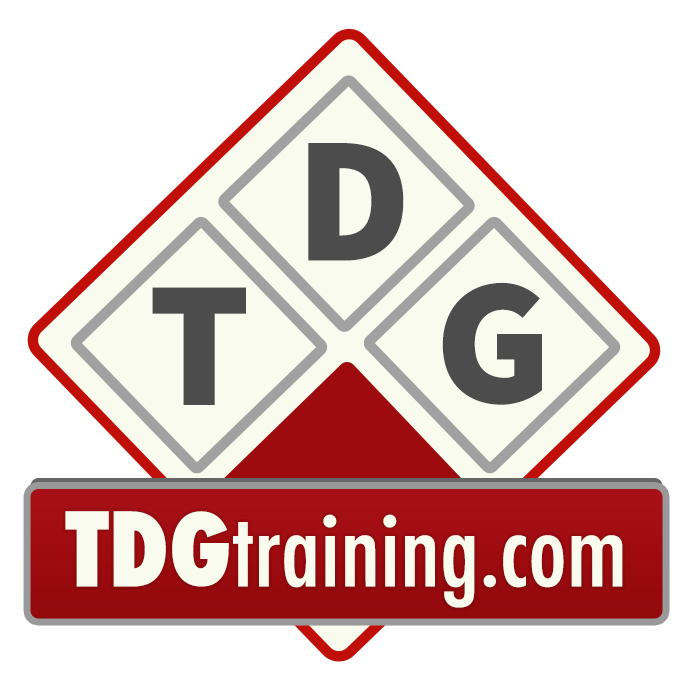Common SDS Issues
Acronyms:
CPR – Controlled Products Regulations
F/P/T – Federal, Provincial, Territorial
HPA – Hazardous Products Act
IDL – Ingredient Disclosure List
SDS – Safety Data Sheet
OSH – Occupational Safety and Health
WHMIS – Workplace Hazardous Materials Information System
Q. If a controlled product is imported into Canada, must a Canadian “supplier identifier” be disclosed on the SDS?
A. No. The term “supplier” is defined in section 11 of the HPA and includes “a person who is a manufacturer, processor or packager of a controlled product or a person who, in the course of business, imports or sells controlled products”. The “supplier identifier” (a term which is defined in section 2 of the CPR to mean “the name of the supplier of the controlled product”) as well as the name of the manufacturer must be disclosed on the SDS.
Q. If a supplier’s SDSs are available through the Internet, does this satisfy the HPA requirement to “transmit” an SDS?
A. As section 13 of the HPA requires a positive action by the transmitter to convey the transmitted document to the recipient, making a SDS available on the Internet without ensuring that the purchaser is able to access this information does not absolve a supplier of the legal requirement to ”transmit“ an SDS as a condition of sale. The use of the Internet to transmit an SDS would be acceptable if the supplier is able to demonstrate the following:
a) the purchaser has downloaded the complete and correct SDS, i.e., one that contains all of the required information;
b) the downloading is done at the time of the sale of the controlled product; and
c) the downloaded file is readable.
Satisfaction, on the part of the supplier, may be provided through written confirmation, provided to the supplier from the purchaser, specifying that the above conditions have been met.
Q. Which ingredients of a controlled product are subject to disclosure?
A. As set out in section 13 of the HPA, the following categories of ingredients must be disclosed on an SDS:
- those that are controlled products themselves;
- those that appear on the Ingredient Disclosure List and are present at or above the specified concentrations;
- those that the supplier has reason to believe may be harmful to workers; and
- those for which toxicological data are not available.
Q. What recourse does a supplier have if the supplier considers an ingredient that is subject to disclosure to constitute proprietary information?
A. Ingredient disclosure is subject to the provisions of the Hazardous Materials Information Review Act. The WHMIS trade secret mechanism established through this Act is administered by the Hazardous Materials Information Review Commission.
Q. Which SDS formats are acceptable in Canada?
A. As reflected in Schedule I to the CPR, Canada had adopted a 9 heading system. However, as an administrative policy, Canada accepts SDSs for controlled products which adhere to the International Labour Organization (ILO) 16-heading format provided that all 16 headings are disclosed (in the sequence specified) and that the information required by the CPR is addressed. The ILO headings have been adopted by such bodies as ANSI, ISO, EC and the GHS. When using the 16-heading format, the following statement should appear under the heading “Regulatory Information”: “This product has been classified in accordance with the hazard criteria of the Controlled Products Regulations and the SDS contains all of the information required by the Controlled Products Regulations.”
Q. When must a supplier revise an SDS?
A. As specified in section 29 of the CPR, where new information becomes available for a controlled product or an ingredient in that product, the supplier must revise the SDS and the date thereof. Such revisions must be made prior to sales of the product subsequent to the new information becoming available. A supplier is not obliged to send a revised SDS to a previous customer in the absence of a subsequent sale to that customer.
Suppliers are prohibited from supplying SDSs that have an SDS preparation date exceeding three years (3 × 365 days) prior to the sale or importation of a controlled product. Thus, if a supplier has not changed any information on his/her SDS for three years, he/she must review that information to ensure that it is still accurate and that there is no new available and applicable information that should be disclosed. Whether or not there is new information, the SDS must be revised so that the date of preparation reflects the date the information was reviewed.
Q. After the initial sale, is a supplier required to forward a SDS for each subsequent sale of the same controlled product to the same customer?
A. No. If an SDS for a controlled product has already been transmitted to a customer on or prior to the date of sale, a supplier is not required to transmit an SDS in respect of each subsequent sale of that product to that customer.
Q. Must the “WHMIS” classification be disclosed on the SDS?
A.No, disclosure of the “WHMIS” classification is not required on the SDS. However, if it is company policy to voluntarily disclose this information, then all classifications must be disclosed. If it is company policy to disclose Class B and Class D Divisions and, in the case of Class D, the Subdivisions, then all Divisions and Subdivisions must be disclosed. (Please also refer to the discussion of section 43 of the CPR for information relating to “Redundancy of multiple classifications within WHMIS Class D”.)
Q. Must the “WHMIS” hazard symbols be depicted on the SDS?
A. No. However, if it is company policy to depict the hazard symbols on the SDS then, subject to the exemption provided for in subsection 19(5) of the CPR, all of the hazard symbols corresponding to the Classes into which the product falls must be depicted on the SDS.
